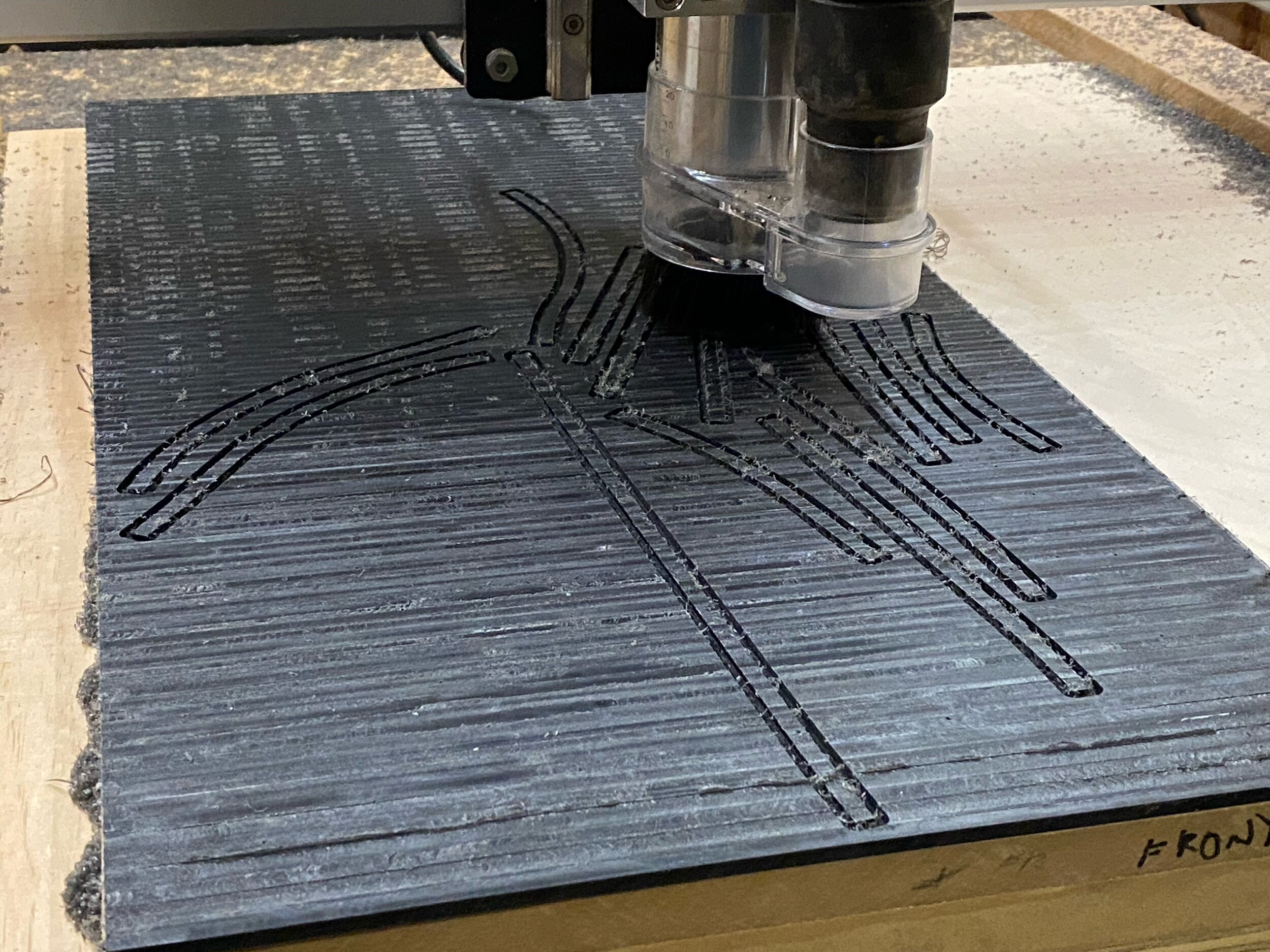Know your Material
/I’m sure we’ve all had a job to complete, a part to be made, and at the last minute we grab some material in our proximity to throw something together. However, when it comes to ordering material months ago and trying to machine it today you may run into some great headache.
An awful finish
My issue today began with attempting to mill the track sections for the little coaster. Initially, I had opted to use HDPE (high density polyethylene) for the plastic parts due to economic availability and recycling aspects. Basically cheap and can be scrapped and recycled. This was my intention…and as we know: the road to Hell is paved with good intentions. Also pretty much all global conflict… I digress.
TraCk!
I have two sheets of stock material lying around the shop area for tracking material. What I wanted, and what I got were two different things (as the kids say). The less than acceptable (let’s face it, shitty) surface finish was a shock to me. I thought I had the feeds and speeds dialed in for HDPE. Well, I did, except the material in question turned out to be UHMW. Not a bad plastic, but not what I thought I had.
Based on the speeds and feeds I was using, the plastic seemed to have melted a little due to excess, well, speed of the cutting tool. I thought I could “buff” or sand the poor finish out of the material at the end; however, I was sorely disappointed. Pretty much the parts are trash…I mean, good prototype parts, but almost not at all.
Mistakes happen to the best of us, yes, even me. With humility aside. I would like to take this time to remind you guys: always know your material. If you fail to recognize the medium you’re working with, then you’ll be doomed…to…repeat… something like that. Pay attention to what you’re doing, or you just waste time and money. Take care!
Absolutely garbage








